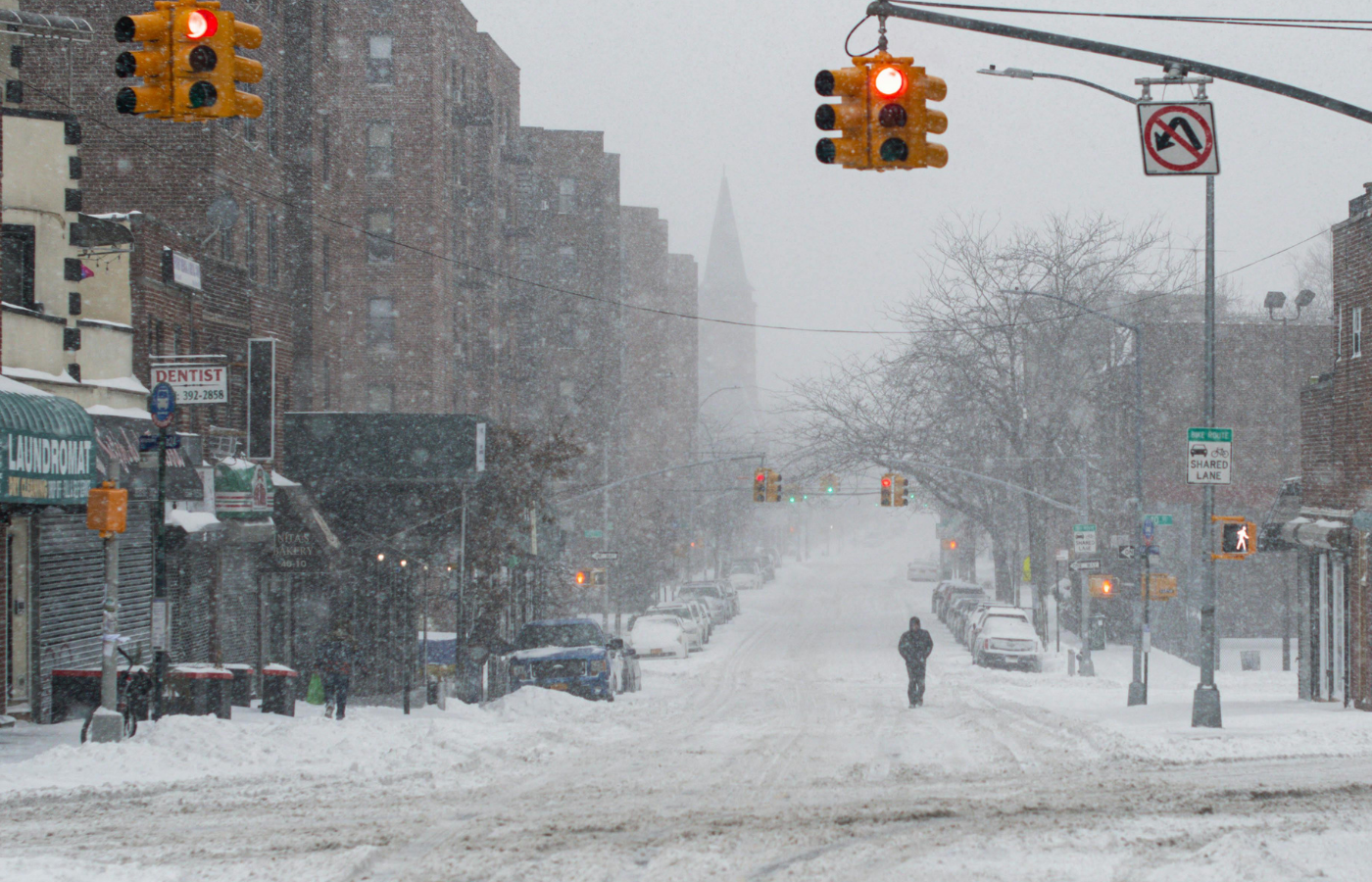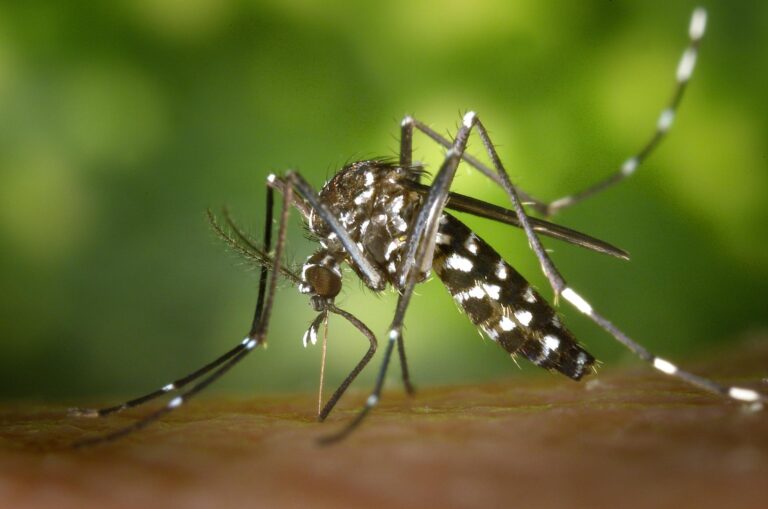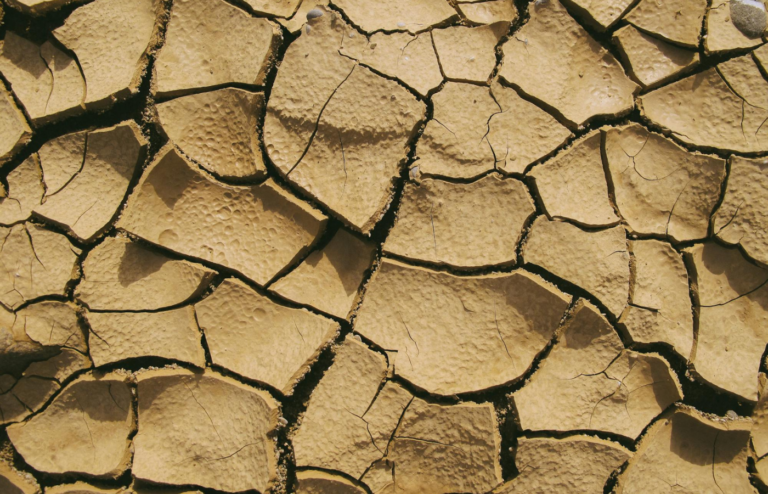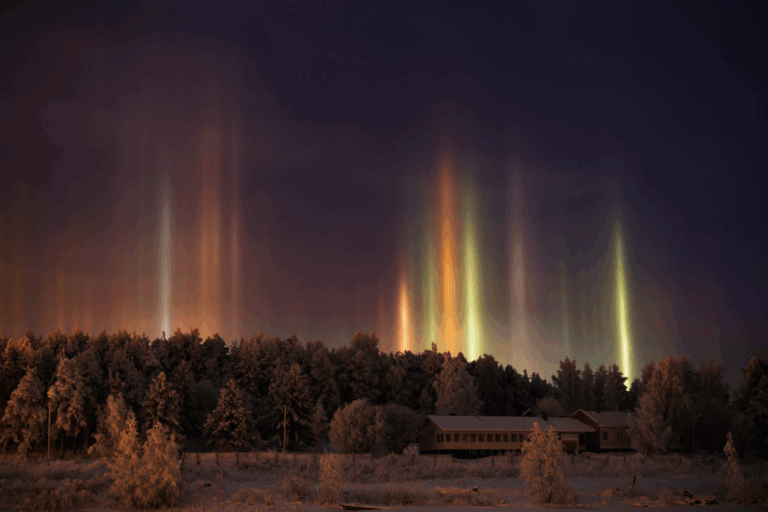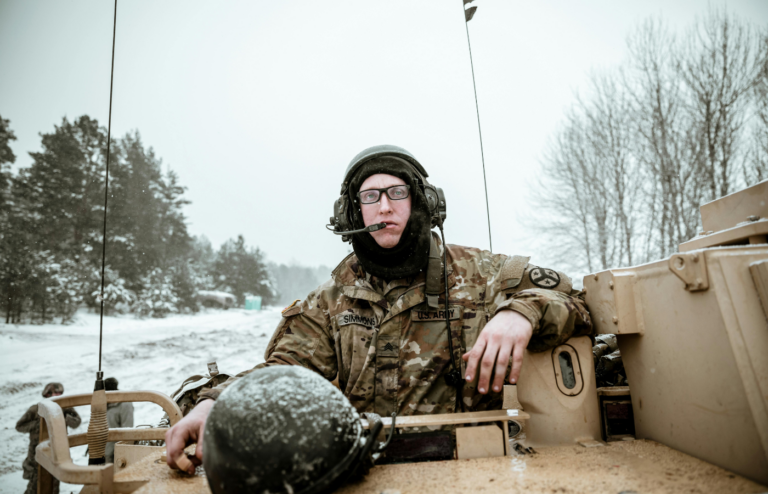Throughout history, scientific predictions about the weather have sometimes been way off the mark, resulting in serious consequences. Despite advancements in meteorology, there have been instances where weather forecasts didn’t align with reality, catching people off guard and impacting decisions.
Here are ten notable occasions where science got it wrong about the weather, showing that even with modern technology, predicting the forces of nature can still be a complex and uncertain endeavor.
1. The Great Storm of 1987
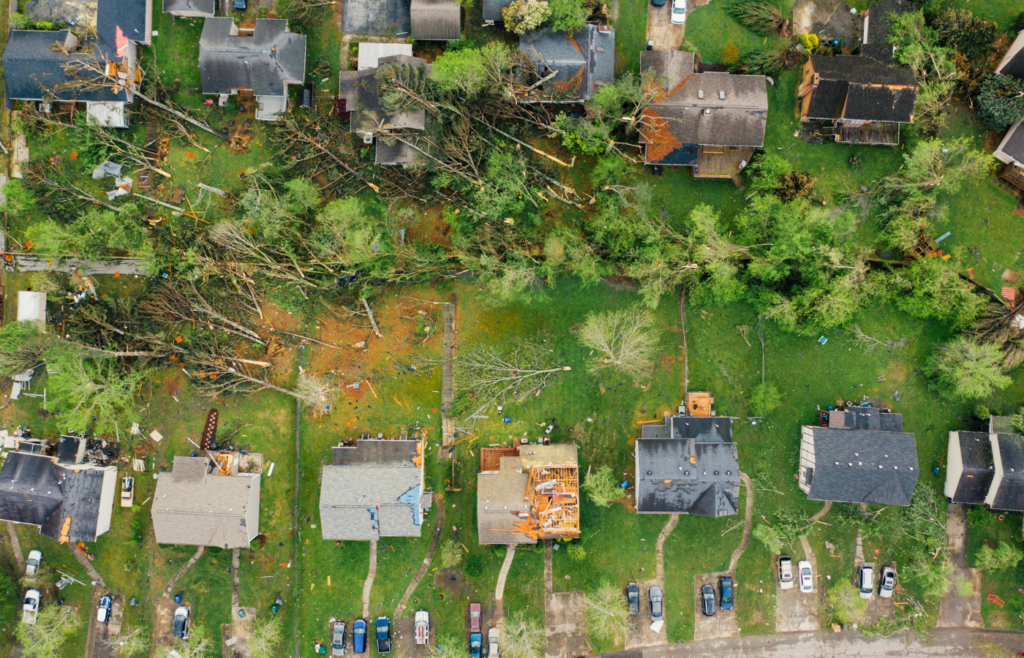
In October 1987, BBC meteorologist Michael Fish famously dismissed warnings of an approaching hurricane. Hours later, a powerful extratropical cyclone hit southern England, killing 18 people and causing around £1 billion in damage. The event exposed serious gaps in forecasting models at the time.
2. The “Global Cooling” Scare of the 1970s

In the 1970s, a few studies and media reports sparked speculation about an impending ice age due to short-term cooling trends. While this idea gained public attention, most scientists did not agree. Later research confirmed the cooling was temporary and that the long-term pattern pointed toward global warming.
3. Hurricane Joaquin’s Uncertain Path in 2015
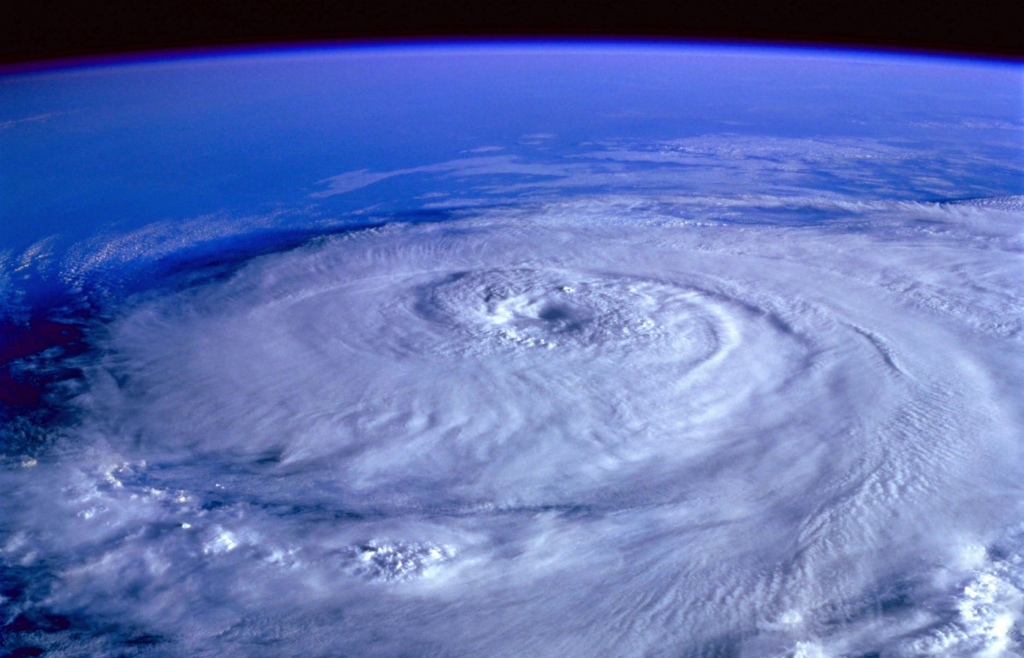
In 2015, Hurricane Joaquin’s path was unusually unpredictable, making it difficult for meteorologists to forecast its trajectory. This uncertainty complicated emergency planning in places like South Carolina, where officials had to act without reliable data. The event highlighted the ongoing need for more accurate storm tracking and forecasting tools.
4. The 2015 “Snowmageddon” That Wasn’t
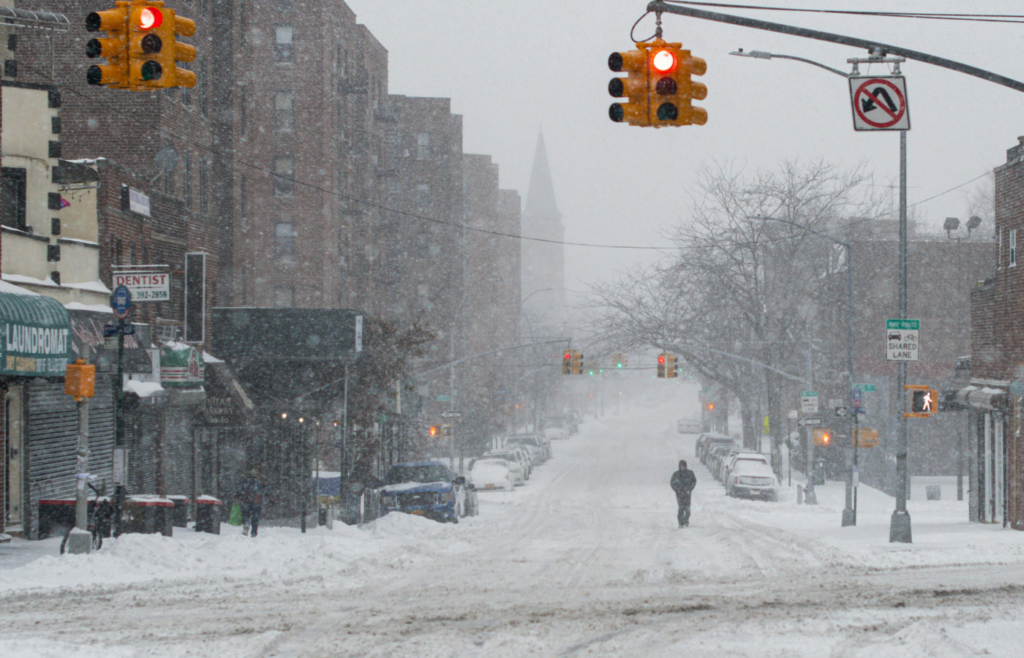
In January 2015, forecasts warned of a “potentially historic blizzard” in New York City, leading to citywide shutdowns and emergency measures. But the storm shifted east, delivering far less snow than expected. The overestimation exposed the difficulty of accurately predicting storm tracks and intensity.
5. The 1922 Washington Post Arctic Report Misinterpretation

A 1922 Washington Post article described unusual Arctic warming, which was later misrepresented as predicting catastrophic sea-level rise. In reality, the original report made no such claims. This distortion has since been used to cast doubt on modern climate science, showing how misinterpreting data can fuel misinformation.
6. Inaccurate Predictions of Kuwait Oil Fires’ Climate Impact

In 1991, scientists including Carl Sagan warned that smoke from Kuwait’s oil fires might trigger severe atmospheric cooling similar to a “nuclear winter.” However, the actual impact was milder than expected. The event highlighted the challenges in accurately predicting how the atmosphere responds to large-scale disturbances.
7. The 2009 UK “Barbecue Summer” Forecast

The UK Met Office predicted a warm and dry “barbecue summer” for 2009. Contrary to expectations, the summer was wetter than average, leading to public criticism and highlighting the difficulties in long-range seasonal forecasting.
8. The 2012 Hurricane Sandy Track Misjudgment

At first, a few U.S. models anticipated that tropical Storm Sandy would stay seaward. In differentiation, the European show precisely forecasted its annihilating landfall in the northeastern Joined together States. This disparity emphasized the requirement for headways in household estimating models.
Read More: Top 10 Weather Phenomena That Science Still Doesn’t Fully Understand
9. The 1975 Newsweek “Cooling World” Article

A 1975 Newsweek article titled “The Cooling World” suggested that Earth might be entering a cooling phase. This article has since been cited to challenge the credibility of climate science, despite the broader scientific consensus supporting global warming.
Read More: Never Do These 10 Things During a Thunderstorm
10. The 2014 Polar Vortex Misinterpretation
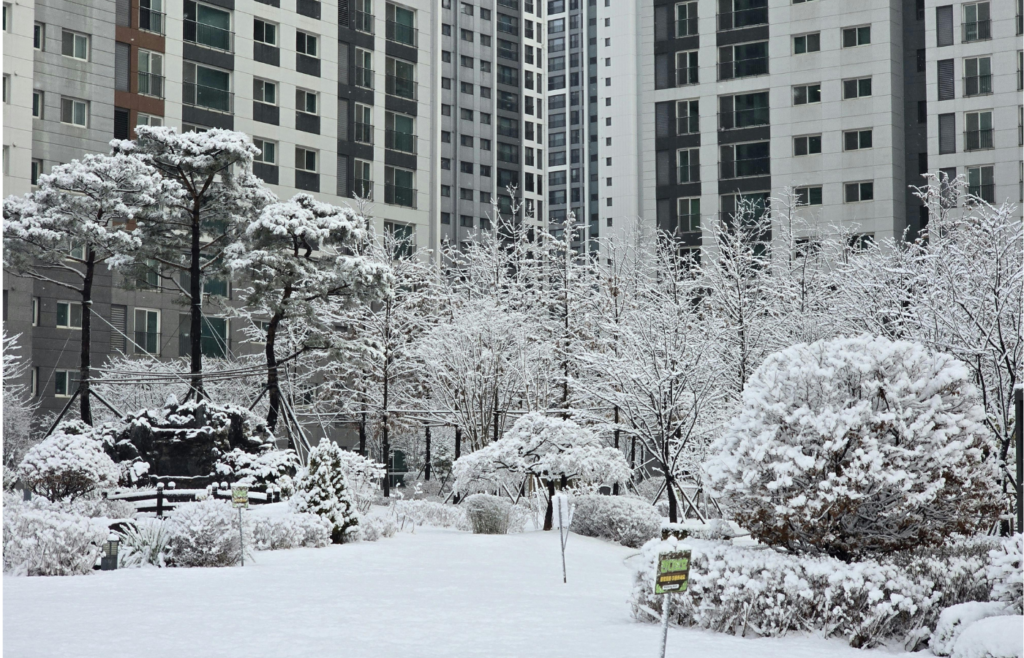
In 2014, the term “polar vortex” became widespread as much of North America experienced extreme cold. Some reports incorrectly suggested that the polar vortex was a new phenomenon or directly caused by global warming, leading to public confusion about its origins and implications.
These instances demonstrate that, while meteorological science has advanced significantly, predicting weather and climate remains a complex endeavor with inherent uncertainties. Continuous research and technological improvements aim to enhance the accuracy of forecasts and our understanding of atmospheric phenomena.
Read More: 15 Smartest Ways to Prepare for a Hurricane Before It Hits

